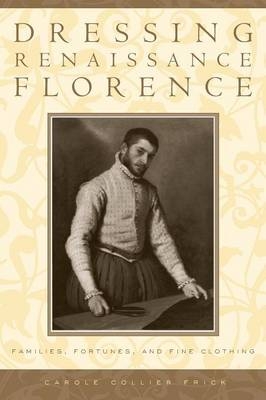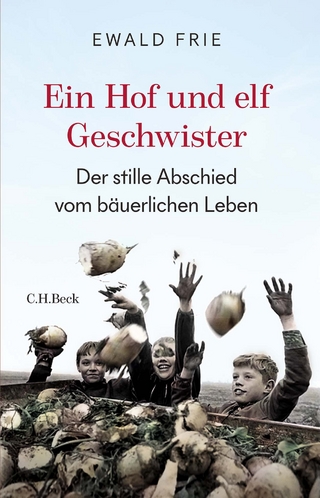
Dressing Renaissance Florence:
Johns Hopkins University Press (Verlag)
978-0-8018-8264-7 (ISBN)
Frick begins with a detailed account of the industry itself-its organization within the guild structure of the city, the specialized work done by male and female workers of differing social status, the materials used and their sources, and the garments and accessories produced. She then shows how the driving force behind the growth of the industry was the elite families of Florence, who, in order to maintain their social standing and family honor, made continuous purchases of clothing-whether for everyday use or special occasions-for their families and households. And she concludes with an analysis of the clothes themselves: what pieces made up an outfit; how outfits differed for men, women, and children; and what colors, fabrics, and design elements were popular. Further, and perhaps more basically, she asks how we know what we know about Renaissance fashion and looks to both Florence's sumptuary laws, which defined what could be worn on the streets, and the depiction of contemporary clothing in Florentine art for the answer. For Florence's elite, appearance and display were intimately bound up with self-identity.
Dressing Renaissance Florence enables us to better understand the social and cultural milieu of Renaissance Italy.
Carole Collier Frick is an associate professor of history at Southern Illinois University, Edwardsville.
Contents: List of Illustrations and Tables AcknowledgmentsIntroductionPART I: GUILDS AND LABOR 1. Tailors and the Guild System 2. The Craftspeople 3. Tailors in Fifteenth-Century SocietyPART II: FAMILY HONOR 4. Tailoring Family Honor 5. Family Fortunes in Clothes: The Parenti, Pucci, and Tosa 6. The Making of Wedding Gowns 7. Trousseaux for Marriage and Convent: The Minerbetti SistersPART III: FASHION AND THE COMMUNE 8. The Clothes Themselves 9. Sumptuary Legislation and the "Fashion Police" 10. Visualizing the Republic in Art: An Essay on Painted ClothesConclusionAppendixes 1. Currency and Measures 2. Categories of Clothiers 3. Cloth Required for Selected Garments 4. Two Minerbetti TrousseauxNotes Glossary Select Bibliography Index
| Erscheint lt. Verlag | 1.11.2005 |
|---|---|
| Zusatzinfo | 33, 33 black & white halftones |
| Verlagsort | Baltimore, MD |
| Sprache | englisch |
| Themenwelt | Geschichte ► Teilgebiete der Geschichte ► Kulturgeschichte |
| Sozialwissenschaften | |
| ISBN-10 | 0-8018-8264-8 / 0801882648 |
| ISBN-13 | 978-0-8018-8264-7 / 9780801882647 |
| Zustand | Neuware |
| Haben Sie eine Frage zum Produkt? |
aus dem Bereich


